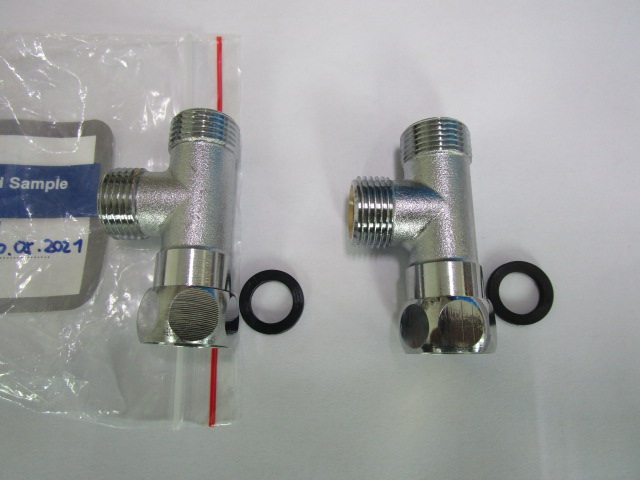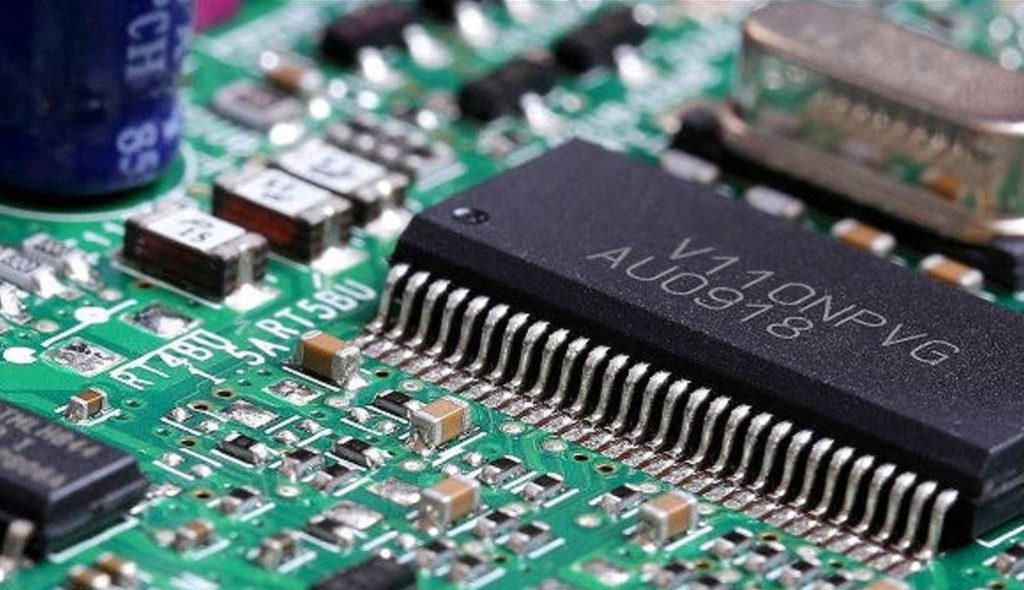
Contents
Introduction
In the intricate ecosystem of electrical product manufacturing, the quality of electronic components stands as a cornerstone of overall product integrity and reliability. The significance of these components extends beyond mere functionality; they are vital in determining the performance, durability, and safety of the final product. This essay delves into the pivotal role of electronic component quality in the quality control process of electrical products and outlines a comprehensive approach to inspecting these components to ensure they meet or exceed industry standards.

The Importance of Electronic Component Quality
Foundation of Product Performance
Electronic components, ranging from resistors, capacitors, and semiconductors to more complex integrated circuits, are the building blocks of modern electrical devices. The quality of these components directly impacts the efficiency, speed, and energy consumption of the final product. High-quality components contribute to enhanced product performance, offering faster processing speeds, better power efficiency, and longer operational lifespans.
Ensuring Product Reliability and Safety
The reliability of an electrical product is contingent upon the dependability of its components. Components of inferior quality are prone to failure, which can lead to product malfunctions, data loss, or even safety hazards such as overheating or electrical fires. Therefore, rigorous quality control of electronic components not only extends the life of the product but also safeguards against potential risks to user safety.
Compliance with Standards and Regulations
Various international standards and regulations govern the quality of electronic components and products. Compliance with these standards, such as ISO 9001 for quality management systems or specific industry standards like IPC-A-610 for electronic assemblies, is crucial. High-quality components that meet these standards ensure that products are competitive in global markets and meet the legal and regulatory requirements of different regions.
Inspecting Electronic Components: A Detailed Approach
Quality inspection of electronic components involves several stages, each designed to identify and mitigate potential defects or non-conformities in the components. The following steps outline a thorough inspection process.
Step 1: Visual Inspection
The first line of defense in quality control is a visual inspection. Inspectors examine components for any visible signs of damage, incorrect markings, or manufacturing defects. This inspection is often aided by magnification tools or automated optical inspection (AOI) systems for precision.
Step 2: Dimensional Inspection
This step involves measuring the dimensions of the components to ensure they match the specifications. This is crucial for components to fit correctly in the product assembly. Dimensional inspection can be performed using calipers, micrometers, or more sophisticated measuring equipment like coordinate measuring machines (CMM).
Step 3: Electrical Testing
Electrical testing is vital to confirm that components operate within their specified parameters. Tests include measuring resistance, capacitance, inductance, and conducting functionality tests under various conditions. Advanced testing methods can simulate operational stresses (temperature, humidity, voltage fluctuations) to ensure components perform reliably under expected use conditions.
Step 4: Material and Component Analysis
To prevent the use of substandard or counterfeit components, material analysis is conducted using techniques like X-ray fluorescence (XRF) spectroscopy to verify the composition of the components. Additional analyses, such as scanning electron microscopy (SEM) or energy-dispersive X-ray spectroscopy (EDX), can be used for in-depth investigation of material integrity.
Step 5: Reliability Testing
Reliability testing subjects components to accelerated life testing conditions to predict their lifespan and identify potential failure modes. This can include thermal cycling, vibration testing, and moisture resistance testing. Such tests are critical for components used in high-reliability applications, such as medical devices or aerospace electronics.
Step 6: Certification and Documentation Review
Finally, it is essential to review the certification and documentation provided by the component manufacturer, ensuring compliance with relevant standards and regulations. This includes verifying traceability records, test reports, and compliance certificates.
Conclusion
The quality of electronic components is a critical factor in the overall quality control process of electrical products. By implementing a detailed and systematic approach to inspecting these components, manufacturers can significantly enhance product performance, ensure reliability and safety, and comply with rigorous international standards. In an era where electronic devices are integral to daily life, the importance of maintaining high-quality standards in electronic components cannot be overstated. Through diligent quality inspection processes, manufacturers can achieve these high standards, thereby securing their reputation in the market and ensuring customer satisfaction.




